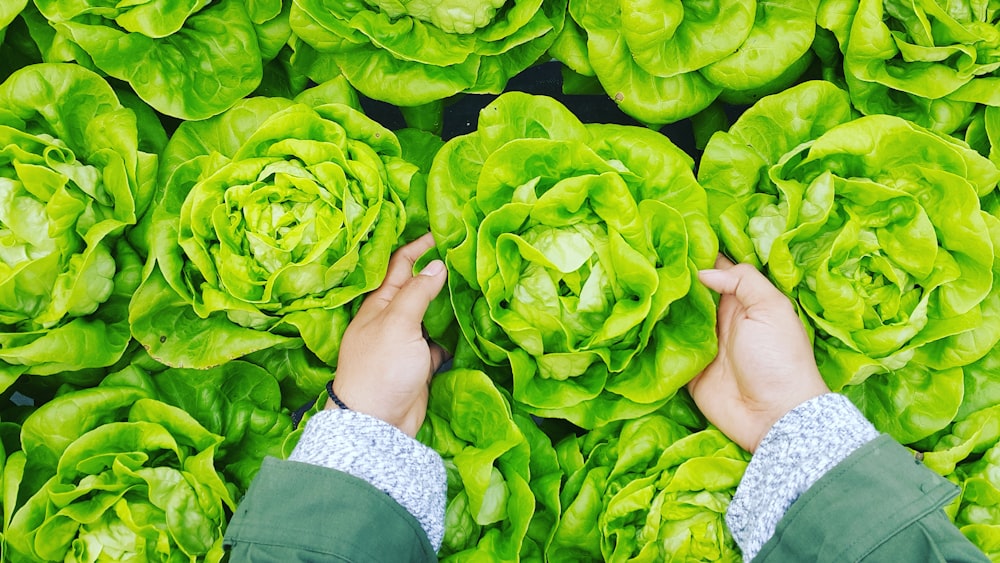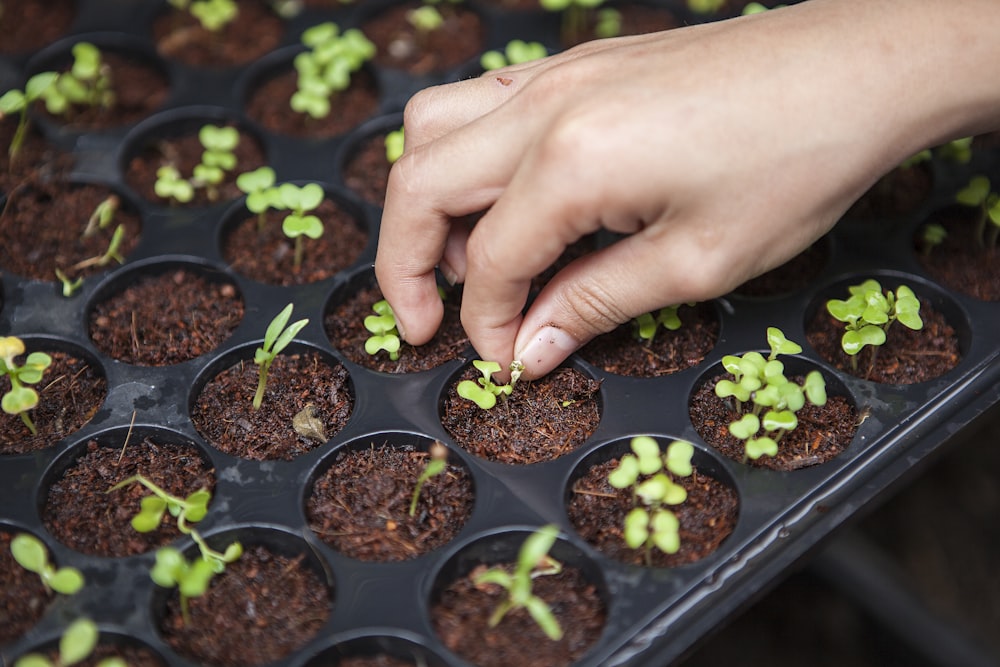Just because summer is over, doesn’t mean you can’t grow edibles! There are many vegetables and herbs that actually prefer to grow in cooler temperatures (typically October through March) and will not do well in the summer. With multiple plantings and starting seeds at the right time, you can harvest all winter long. Here’s a list of Fall and Winter veggies to grow in the Central Valley:
Vegetables to Grow:
- Bok Choy
- Broccoli
- Brussel Sprouts
- Cabbage
- Cauliflower
- Celery
- Lettuce
- Onion,
- Snap Peas
- Shelling Peas
- Spinach
- Artichoke (seedling)
- Carrots
- Beets
- Radishes
- Fava Beans
- Kale
- Mustard greens
- Collard greens
- Turnips
Many of these are usually available in 6 packs September through January. Some should be grown by seed directly into the ground or container.
These veggies do not develop well when transplanted so it is best to sow them directly into the garden or container where they will grow.
- Beets
- Carrots
- Radish
- Spinach
All vegetables listed above (except for Celery, Onions, Peas, Artichokes, and Fava beans) should be planted in succession 2-4 weeks apart.
Succession planting is repeated plantings at different times to ensure continued crops. These fall and winter vegetables produce one primary crop and maybe a small secondary crop in their lifetime.
Herbs to Grow:
- Chives
- Fennel
- Lemon Balm
- Marjoram
- Mint
- Oregano
- Parsley
- Rosemary
- Thyme
Some of these herbs will die back in the winter if planted outside. Planting them in the Fall will ensure a larger plant next year–which means a bigger harvest!
For more information check out our Vegetable Guide.
Read How to Prep Garden Soil for Vegetable Gardens for the healthiest veggies!


